In the automotive world, “build quality” and “material quality” are often confused, yet they refer to distinct aspects of a vehicle’s construction and longevity. Understanding these differences is essential for car buyers looking for durability, reliability, and long-term value.
In this article I will try to break down what each term means, how they impact a vehicle’s performance, and why both matter when choosing your next car.
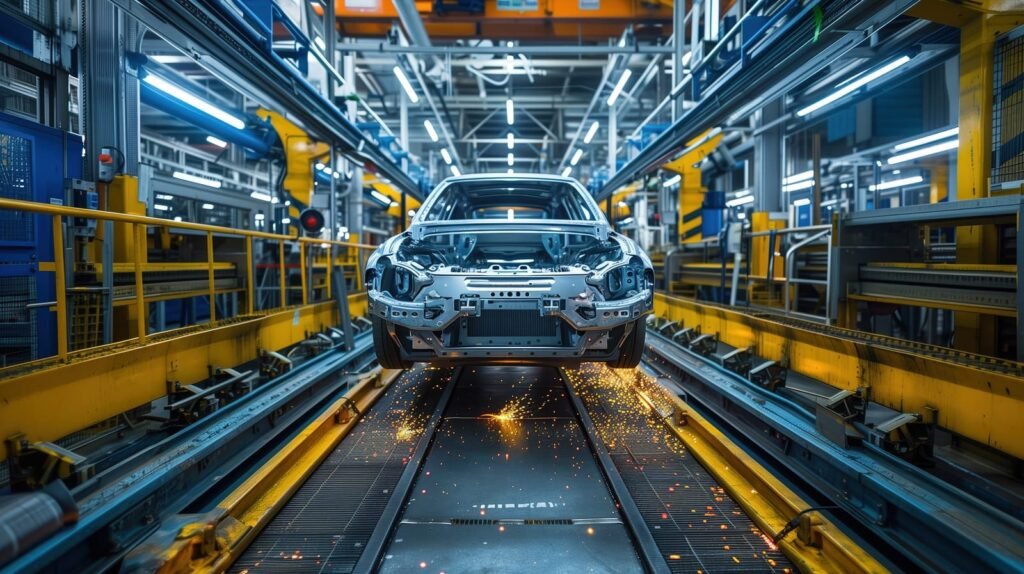
What Is Build Quality in the Automotive Industry?
How Do Automakers Define Build Quality?
Build quality refers to how well a vehicle is assembled, focusing on fit, finish, and overall structural integrity. It includes factors such as:
- Panel alignment: Tight, consistent gaps between body panels indicate precision manufacturing.
- Interior fit and finish: Well-assembled dashboards, secure trim pieces, and rattle-free cabins contribute to a higher-quality feel.
- Structural rigidity: A well-built car feels solid on the road, with minimal vibrations and flexing over time.
- Consistency across production: Premium brands like BMW and Lexus invest heavily in precision engineering to ensure that every unit meets strict quality standards.
What Factors Contribute to Build Quality?
Several elements influence a car’s build quality, including:
- Manufacturing techniques: Automated assembly lines improve precision, while hand-finished details enhance craftsmanship.
- Engineering and design: Cars designed with tighter tolerances (e.g., German luxury brands) typically have better build quality.
- Quality control measures: Brands like Toyota are known for their rigorous quality assurance processes, reducing defects and inconsistencies.
How Does Build Quality Impact Reliability?
A well-built vehicle with tight tolerances is less likely to develop issues like rattles, leaks, and premature component wear. According to J.D. Power’s 2023 U.S. Vehicle Dependability Study, Toyota, Lexus, and Porsche rank among the most reliable brands due to their high build quality standards. Poor build quality, as seen in early Tesla Model 3 production years, led to widespread complaints about panel gaps and inconsistent paint application.
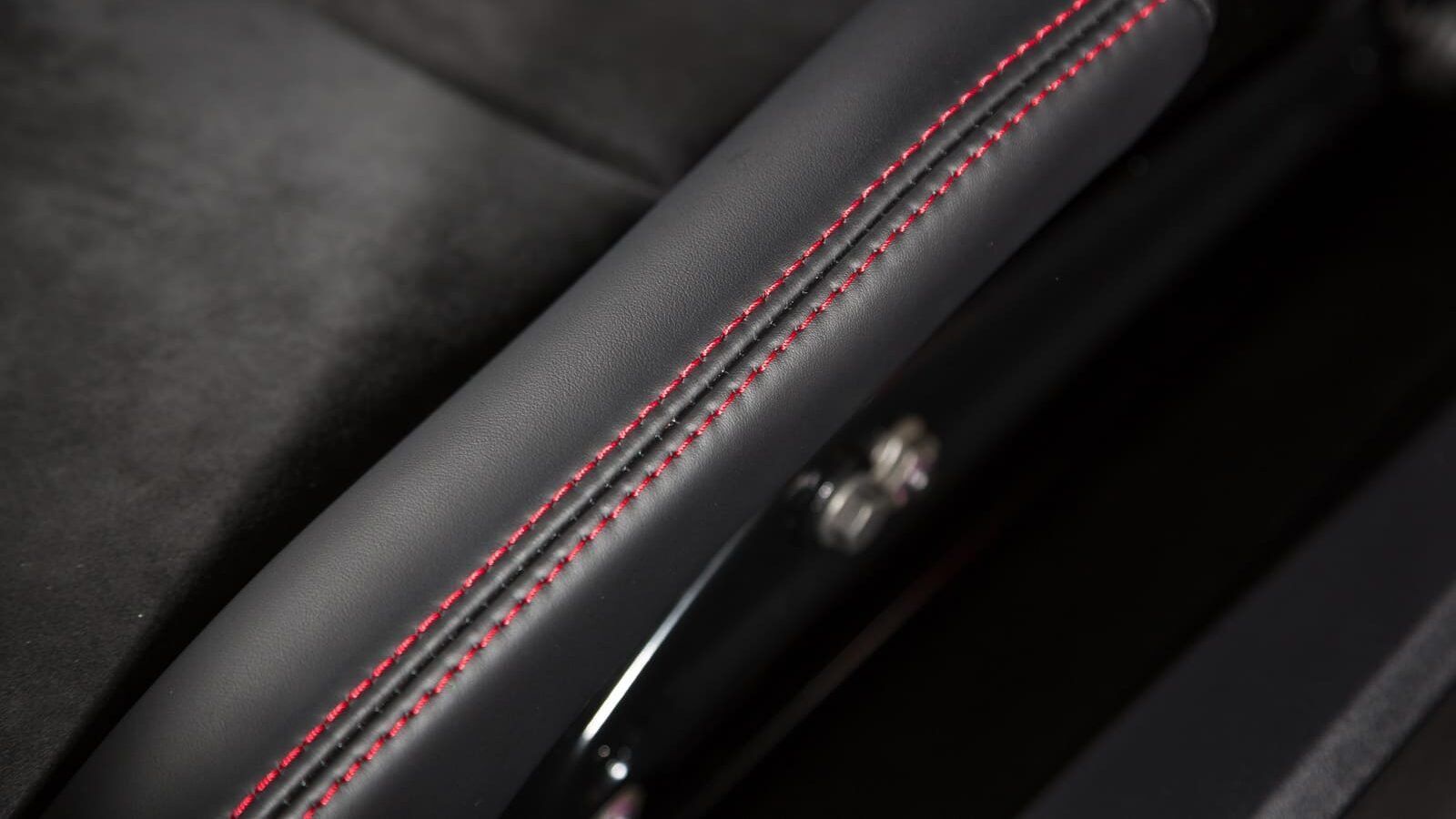
How Material Quality Affects Build Quality and Performance
What Materials Are Commonly Used in Automotive Manufacturing?
The materials used in a vehicle directly impact its durability, safety, and performance. Key materials include:
- High-strength steel: Used in structural components to improve crash safety and rigidity.
- Aluminum: Lightweight and corrosion-resistant, improving fuel efficiency and handling.
- Plastics and composites: Found in interior panels and bumpers, varying in quality from durable soft-touch surfaces to cheap hard plastics.
- Carbon fiber: High-end sports cars like McLaren and Lamborghini use it for strength and weight reduction.
How Does Material Quality Influence Vehicle Longevity?
Premium materials enhance a car’s durability and long-term value. For example:
- Luxury brands like Mercedes-Benz use real leather, aluminum, and wood trims, ensuring a high-end feel that lasts.
- Mass-market vehicles often use lower-cost plastics and synthetic fabrics, which may degrade faster.
- Rust-resistant materials like galvanized steel and aluminum panels reduce corrosion issues, as seen in Ford’s aluminum-bodied F-150.
Can High Material Quality Compensate for Poor Build Quality?
No. Even the best materials won’t prevent quality issues if the vehicle is poorly assembled. A Tesla Model S may feature cutting-edge materials, but inconsistent panel gaps and trim misalignment hurt its perceived quality. Conversely, a Toyota Camry with more affordable materials still feels solid thanks to superior build quality.
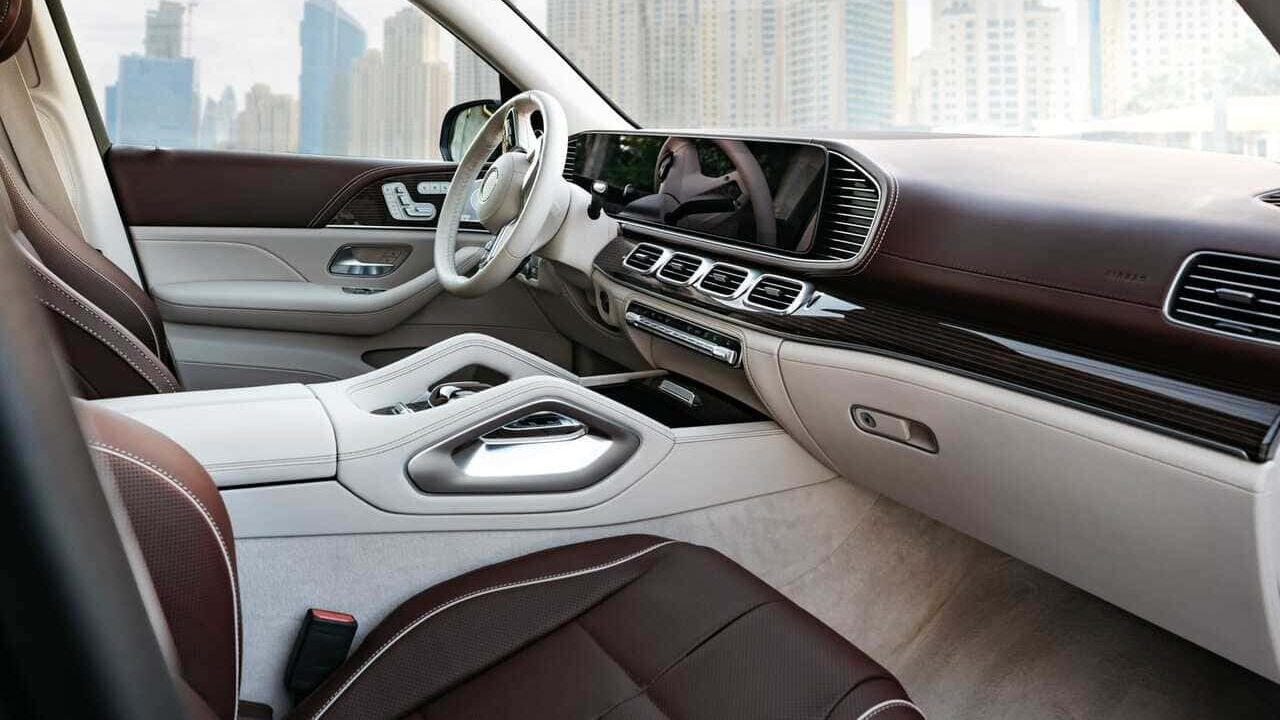
Comparing Build Quality vs. Material Quality: What Matters More?
What Should Consumers Consider?
When evaluating a car, both build and material quality matter, but build quality often has a greater impact on long-term reliability. A car with tight panel gaps, solid construction, and well-assembled components will generally hold up better than one with premium materials but poor fit and finish.
How Do Tesla and Toyota Compare in Build and Material Quality?
| Brand | Build Quality | Material Quality | Reliability |
|---|---|---|---|
| Tesla | Inconsistent (panel gaps, trim issues) | High-tech materials but variable fit | Improving but still below industry average |
| Toyota | Excellent (tight tolerances, proven reliability) | Functional but not premium | Among the highest in reliability rankings |
While Tesla offers advanced materials like aluminum and vegan leather, Toyota’s superior build quality ensures its vehicles remain reliable and long-lasting.
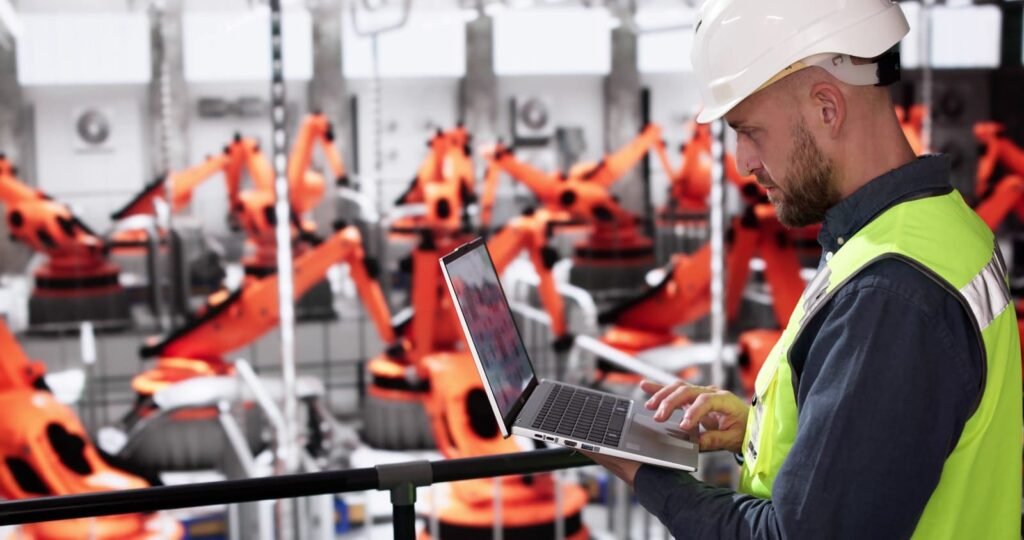
How Build Quality Impacts Consumer Satisfaction
Why Does Build Quality Matter?
Consumer satisfaction is heavily influenced by how a car feels over time. A well-built car:
- Feels solid and rattle-free even after years of use.
- Holds its resale value better due to fewer quality concerns.
- Provides a more enjoyable driving experience with fewer mechanical issues.
According to Consumer Reports, Toyota and Lexus consistently rank at the top for owner satisfaction due to their high build quality and reliability.
What Are Common Build Quality Issues in Tesla Model 3?
- Panel misalignment – Inconsistent gaps reduce aerodynamic efficiency and aesthetics.
- Paint defects – Reports of thin or uneven paint, leading to premature wear.
- Interior rattles – Loose trim and plastic creaks impact the premium feel.
Tesla has improved build quality in recent years, but early models suffered from these issues, affecting customer satisfaction.
How Have Tesla Models Improved in Build Quality?
Recent Tesla models have shown improvements:
- 2023 Model Y updates feature better panel alignment and reduced interior rattles.
- Enhanced quality control at Tesla’s Giga Shanghai factory has led to fewer defects in vehicles exported to Europe.
- Software-based fixes help compensate for minor build issues, though hardware problems still require physical repairs.
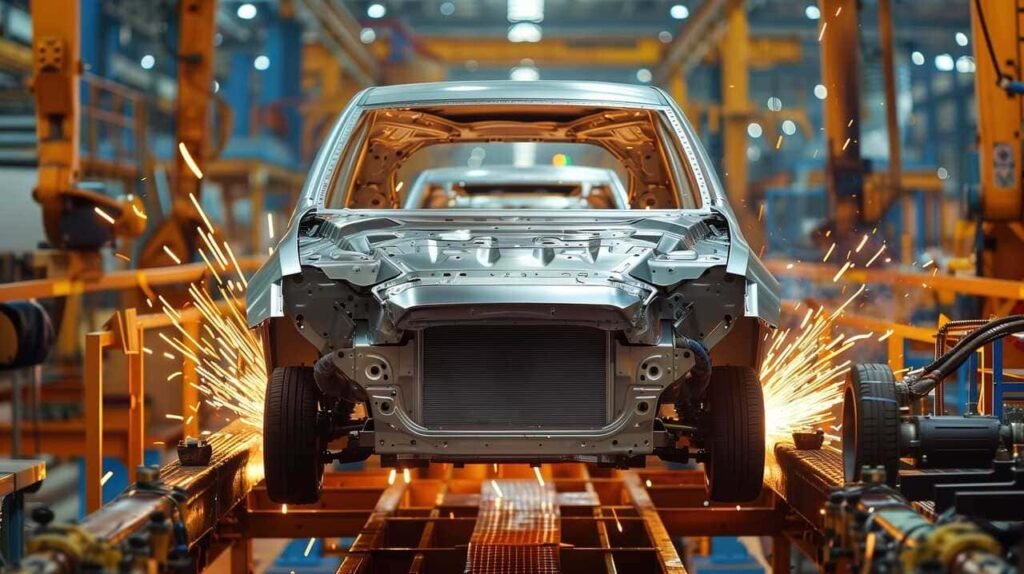
The Impact of Poor Build Quality on Safety and Longevity
How Does Build Quality Affect Safety?
Poor assembly can weaken a vehicle’s crash protection. Misaligned doors, weak welds, or improperly fitted airbags can compromise structural integrity. Observations from crash tests, such as those conducted by the IIHS, suggest that vehicles with better build quality often perform more reliably in real-world accidents. Many models that earn Top Safety Pick or Top Safety Pick+ ratings also tend to score well in dependability studies.
What Are the Long-Term Effects of Build Quality Problems?
Over time, poor build quality leads to:
- Increased repair costs due to premature wear and misalignment issues.
- Lower resale value, as buyers avoid models with a reputation for defects.
- Higher maintenance needs, as rattles, leaks, and trim failures become more apparent.
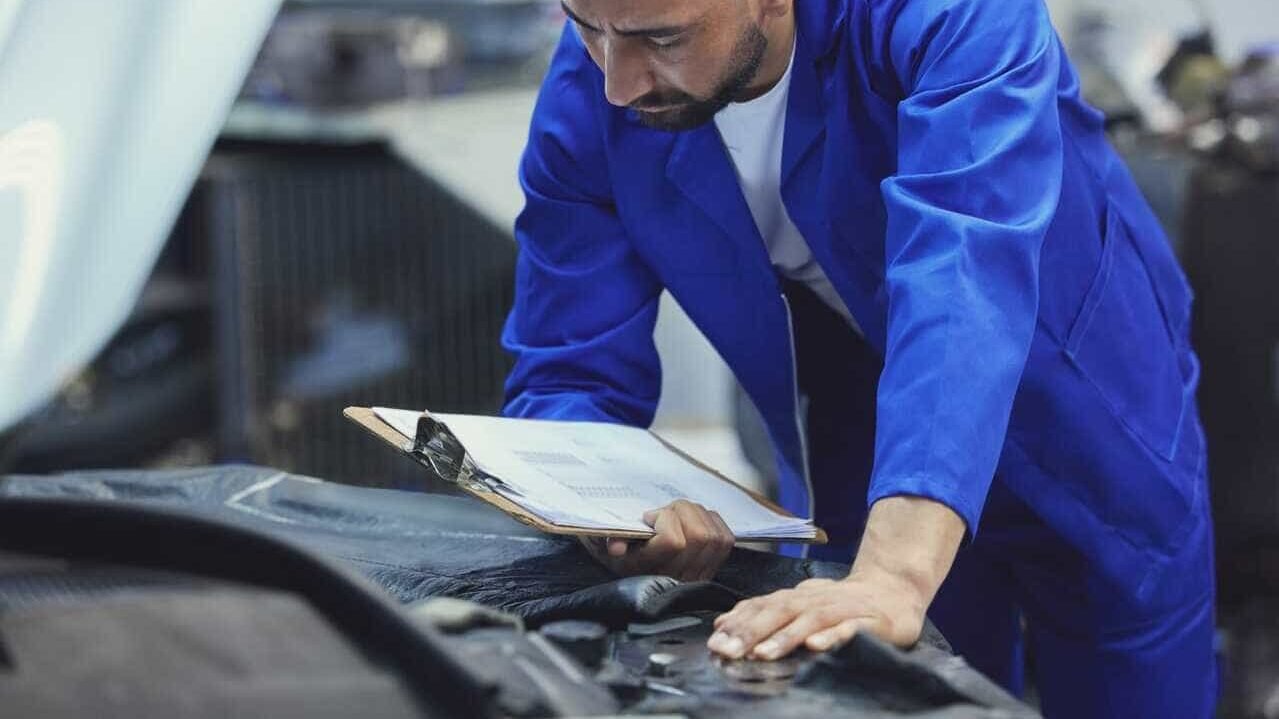
How to Identify Build Quality Issues Before Buying
Steps for Evaluating a Car’s Build Quality
- Check panel gaps: Even spacing indicates precision assembly.
- Inspect interior fit and finish: Loose trim, uneven stitching, or cheap-feeling plastics are red flags.
- Test-drive on rough roads: Listen for rattles and creaks that signal poor assembly.
- Research owner reviews: Look for common complaints about build issues.
- Compare multiple units: Visit different dealerships to find a well-assembled example.
Conclusion: Why Both Build and Material Quality Matter
Build quality and material quality are both critical in determining a vehicle’s reliability, durability, and driving experience. While high-end materials enhance aesthetics and comfort, superior build quality ensures long-term satisfaction and reliability. When choosing a vehicle, prioritize brands known for precise manufacturing and proven longevity—because a car that’s built well lasts longer, holds value, and delivers a better driving experience.
If you found this post interesting, you might also like “Will Chinese Automakers Repeat the Success of Koreans?“ Explore our site for expert car reviews, in-depth buying guides, and the latest industry insights. There’s plenty more to discover, so take a look around—and don’t forget to bookmark our homepage for future updates!

